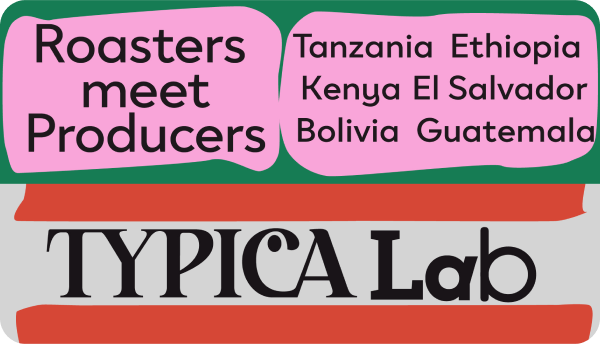
Central America Harvest Update 2024/25

Focusing on Honduras, Guatemala, and Nicaragua
We recently traveled to three key countries in Central America to visit some of the producers we work with. This region is always an exciting part of the season for many roasters, including us. This year, we wanted to be more hands-on, working closely with our curators to navigate challenges like harvest conditions and pricing, especially in certain regions. Here’s a quick recap of each country we visited.

Honduras
The coffee harvest in Honduras has faced significant delays this year, with peak harvesting occurring in December and January due to climatic factors. Many regions experienced only one burst of flowering, which has impacted overall production. Additionally, lack of labours during this peak time for picking have made harvest very difficult, particularly in certain areas where securing enough workers has been challenging..
Initial estimates from IHCAFE and producers projected a significant decline in production. However, despite these concerns, export figures remain high, driven by strong demand and pricing volatility. The fear of high demand and low supply may be influencing market behaviors. The impact of climate conditions is evident, with lower-altitude regions being the most affected. Yield reductions in these areas have been drastic, whereas higher-altitude farms have fared better, mitigating some of the overall losses.

Nicaragua
Nicaragua’s coffee harvest has shown positive signs this year, particularly in the Matagalpa region. After a notable decline in production last year, this season has marked a recovery, according to our partners on the ground.
However, climate variability continues to be a challenge. During a recent visit to Nicaragua, we observed that what should have been the dry season was instead characterized by alternating rainy and cloudy, humid days. This unusual weather pattern is delaying the drying process for many producers, adding further complexity to post-harvest handling.

Guatemala
In Guatemala, initial projections were not optimistic about maintaining the same volumes as last year. However, as of now, with approximately 70% of the harvest completed, volumes are very similar to those of the previous year. There is still a chance that by the end of the harvest, the numbers may differ, especially since, as with other Central American countries, the biggest risk lies in lower-altitude regions, where high temperatures have negatively impacted yields. Fortunately, higher-altitude farms—our primary focus—seem to be in good condition for the remainder of the harvest season.
Market volatility remains a key issue in Guatemala. High prices have led to increased demand, but supply in buyer’s perception remains unpredictable. Elevated prices can sometimes discourage producers from maintaining the high-quality practices necessary for specialty coffee. This underscores the importance of rigorous quality control and maintaining strong relationships with our partners to navigate the market fluctuations responsibly. Additionally, some producers are holding onto stocks in anticipation of further price increases, which adds another layer of uncertainty to the supply chain.
Despite these challenges—including ongoing struggles with coffee leaf rust and rising production costs—this year stands out as an exceptional one for coffee quality in Guatemala. Ensuring consistent quality control will be essential as the season progresses.

Conclusion
Across Central America, the coffee harvest has presented both challenges and opportunities. While Honduras faces labor shortages and a delayed harvest, exports remain robust. Nicaragua is seeing a recovery despite weather-related drying delays. Guatemala, despite market volatility, is producing outstanding quality coffee. As the season unfolds, fostering strong relationships with producers and maintaining a focus on quality will be crucial in navigating these dynamic market conditions.

Behind the scenes; My non-coffee favorites
– Beyond the coffee farms, the cultural and geographical diversity of Central America is truly remarkable. One of the most impressive aspects is how microclimates change dramatically within short distances—one moment, you’re in a sun-drenched, summer-like landscape, and a 30-minute drive later, you’re in a humid, lush environment with an entirely different scenery.
– The culinary culture across Central America shares many commonalities, which is a delight to experience. Tortillas accompany nearly every dish, and that’s just great news.
– Comayagua, in Honduras, with its Spanish colonial architecture, offers a picturesque and historical walking experience. Matagalpa, in Nicaragua, is a lively and dynamic city, bustling with energy and surrounded by stunning landscapes. Meanwhile, Antigua, Guatemala, framed by the towering Agua, Acatenango, and Fuego volcanoes, boasts one of the most impressive views we have encountered on our travels








